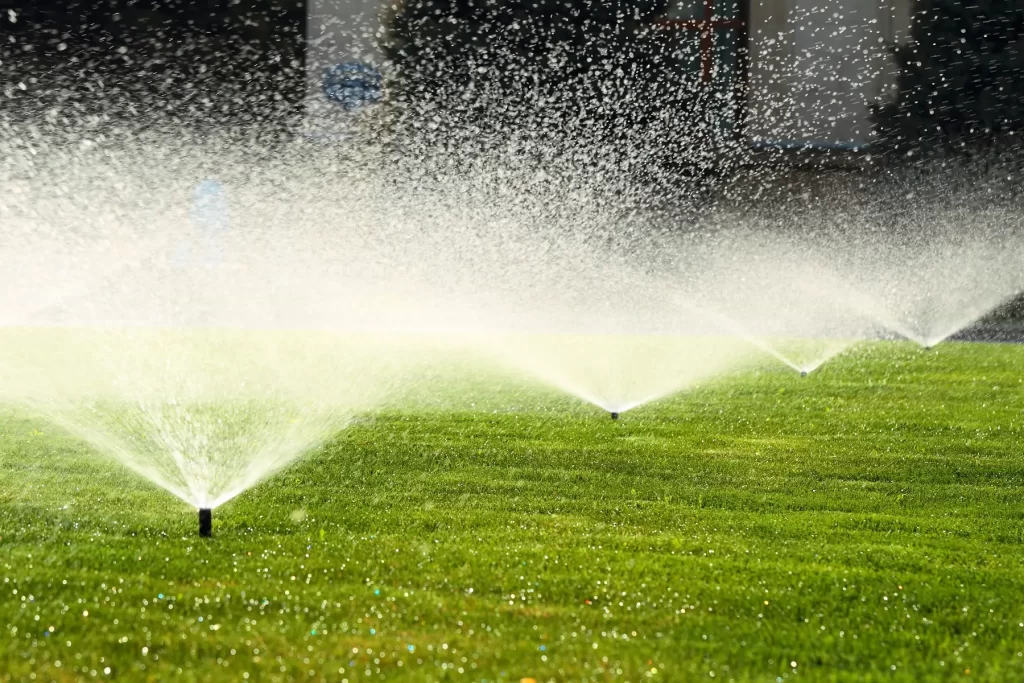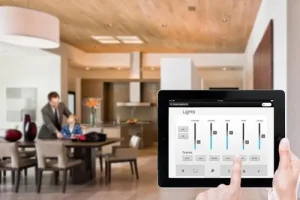
A drip irrigation kit is a simple way to water your garden. It starts at your house faucet and features a two-way faucet connector, emitters, and drippers. The drip irrigation system can be adjusted to adjust the amount of water flowing to the different zones in your garden. To install it, you’ll need a garden hose and a few supplies.
If you have a large garden, you may need different watering regimes to cover all of your plants. A water timer can help you with this by setting separate time periods for each zone. It has up to four preset start and stop times, so you can set different watering schedules for different areas of your garden.
A home garden watering system is a great way to enjoy your yard while escaping from modern life. It is not only beautiful and relaxing, but it can also make your gardening chores easy and fun. A sprinkler is even handy for watering tiny seedlings. After you’ve installed the system, be sure to test it for leaks, as you don’t want to damage your garden.
A good home irrigation kit will last for years. A quality one is made with UV and chemical-resistant tubing. The fixtures and fittings are ABS plastic, which means they won’t break easily in harsh weather. A timer is also available for more convenience. If you want to control the watering schedule, choose a system that can be automated.
Another way to measure the delivery rate of your home garden watering system is to measure the volume delivered by each emitter in a minute. Once you have this information, you can multiply it by the number of emitters in your system. You can then multiply the volume per minute by 60 and use this figure to calculate the number of gallons per hour per 100 square feet.
Next, you need to measure the area to be irrigate. Make sure to draw a grid or graph paper to determine the size of the area. It’s best to measure the area on a scale of 1 inch to 5 or 10 feet. Make sure the area you’re planning to irrigate is level. You should try to avoid a slope of more than 2 percent so the water runs to the edge.
Another method for ensuring that the soil has adequate water supply is to install a water meter. This is an inexpensive device that can be installed on your faucet. If you want to use the water meter for irrigation, you’ll need to connect the water hose to a header pipe and set it to deliver the required water. Then you’ll need to calibrate the water meter to the number of gallons of water per inch of garden surface. Then, you’ll need to set the watering system to compensate for this.
You may also want to consider an automatic watering system. You can use a timer to control the watering schedule. Some of these systems have emitters that let you know the amount of watering that you’re applying per hour. These systems are easy to install and maintain.







